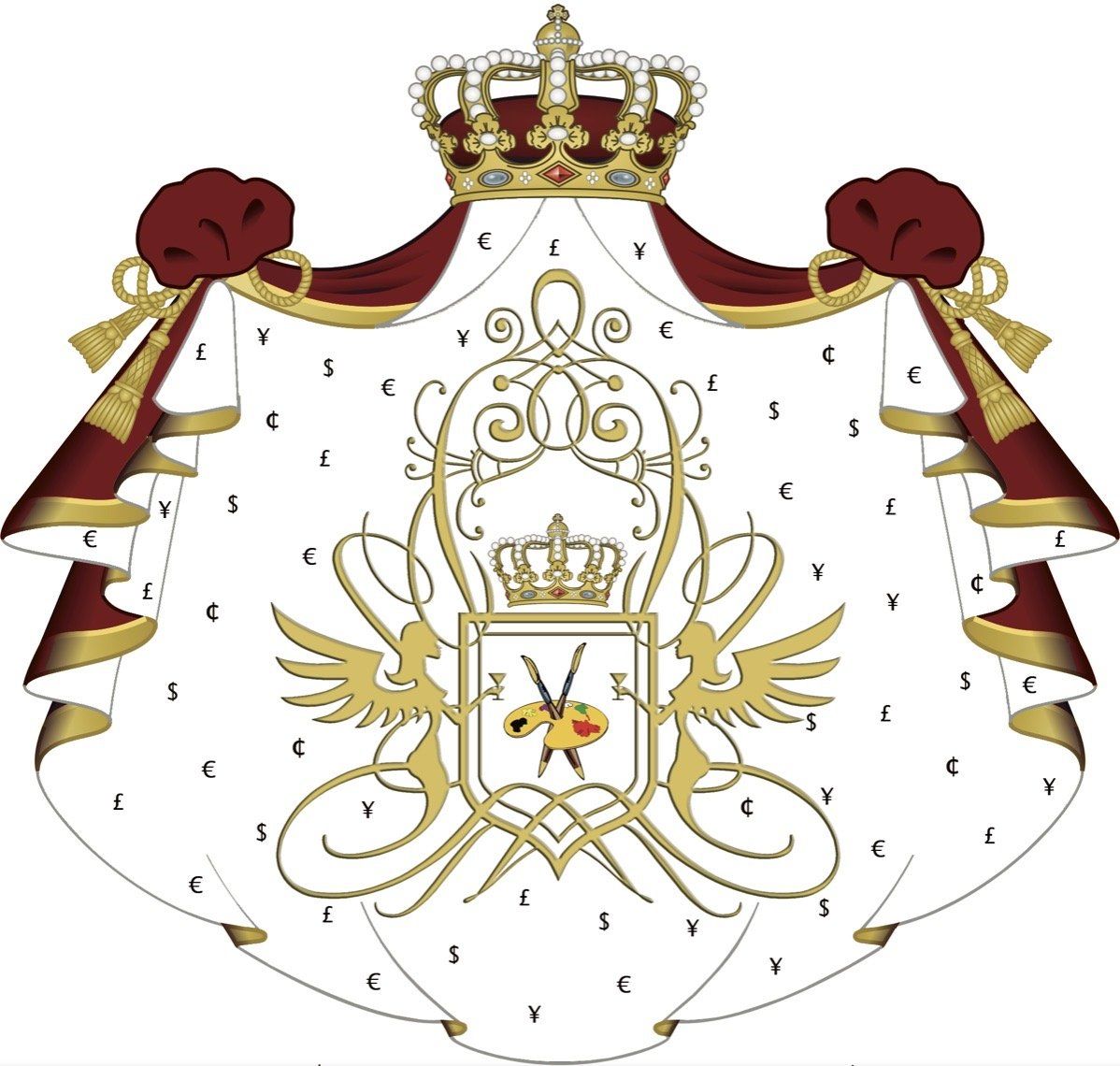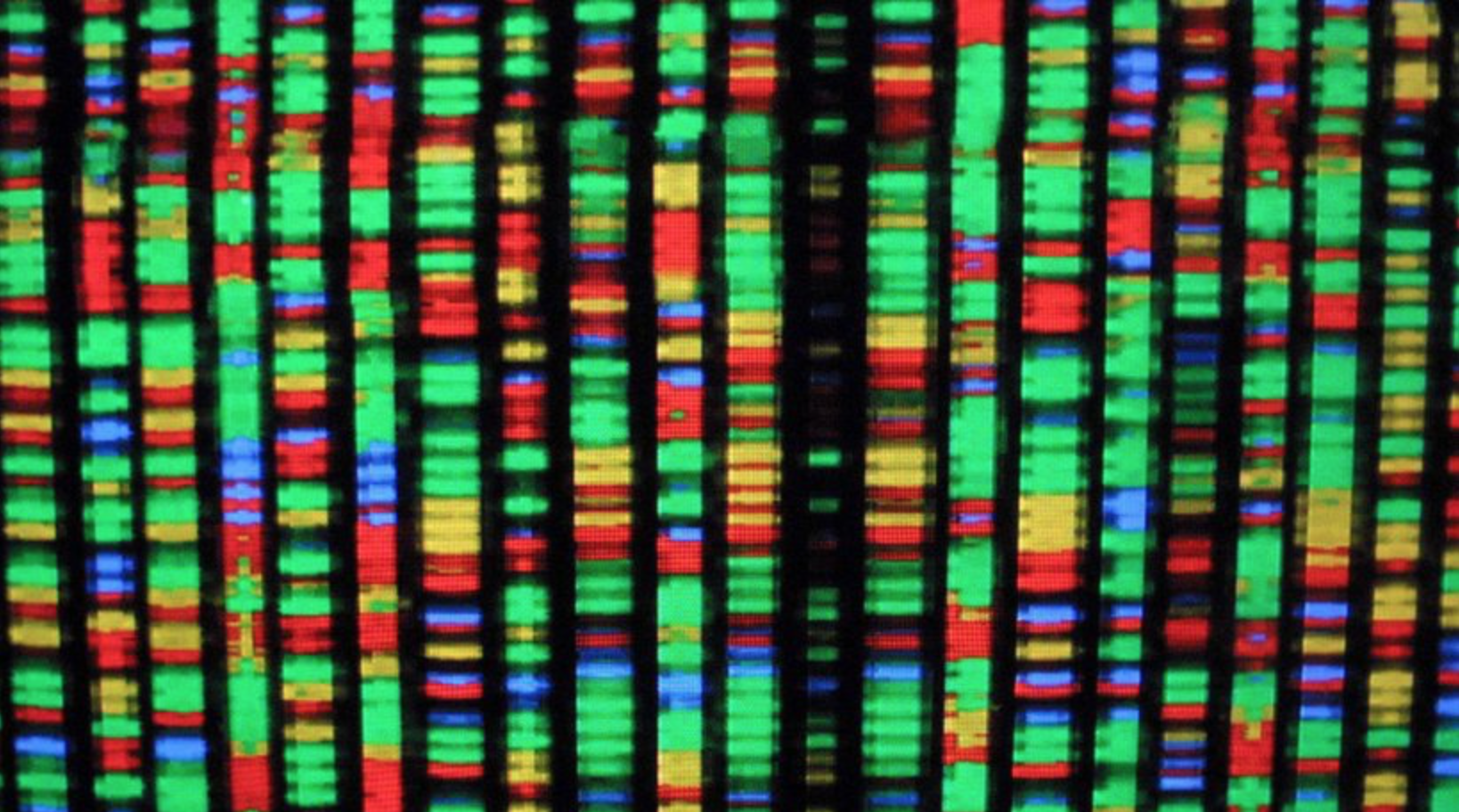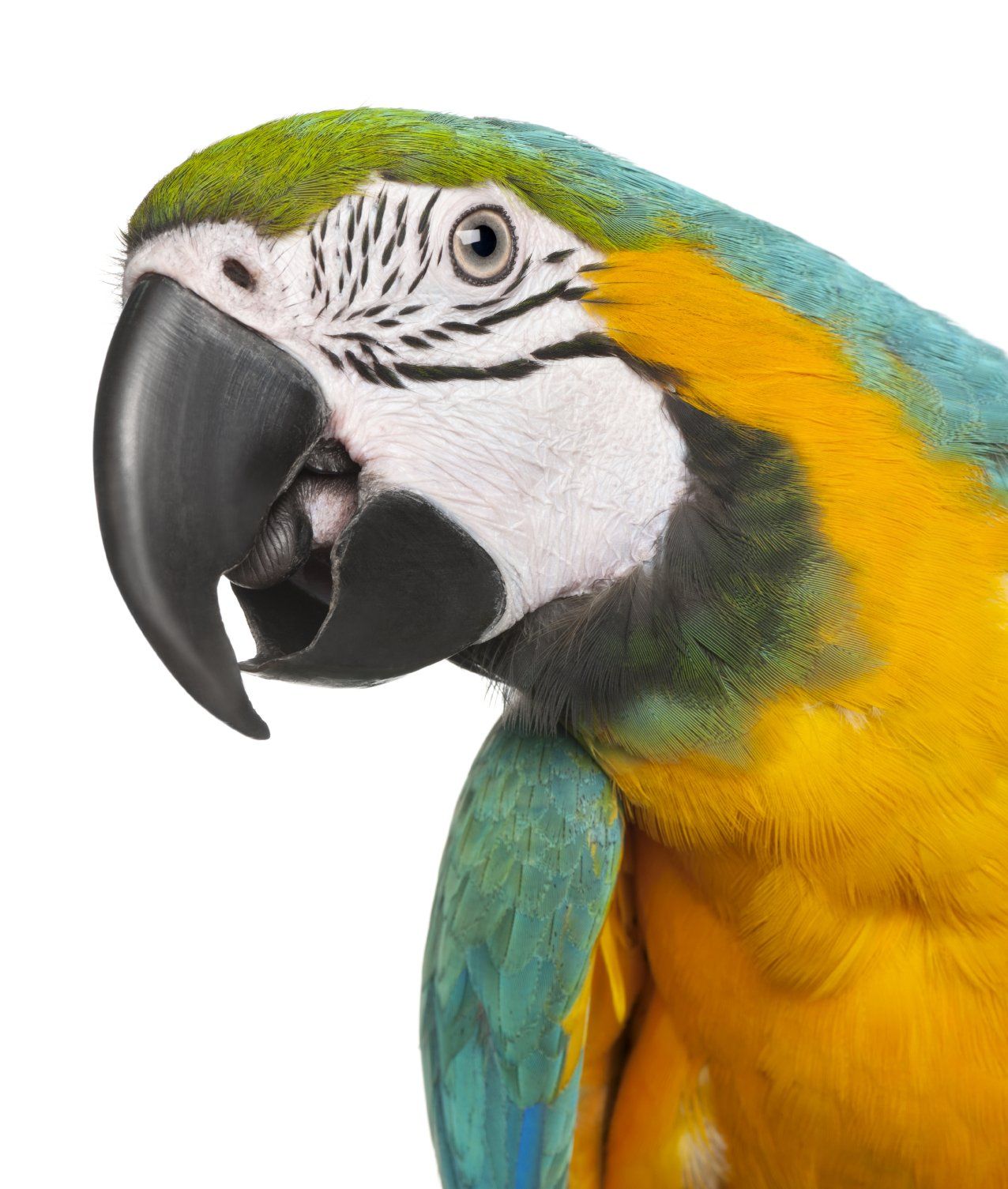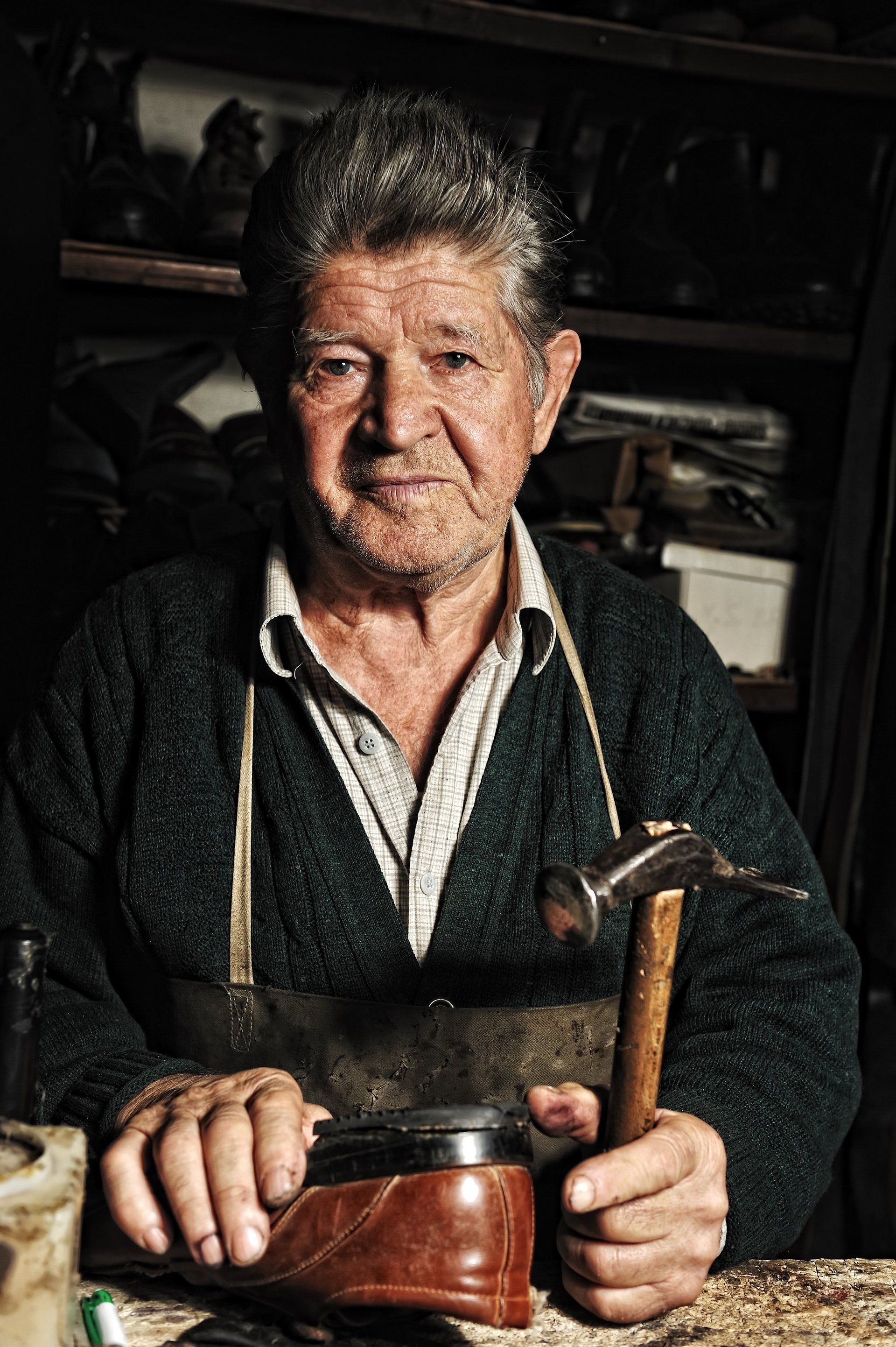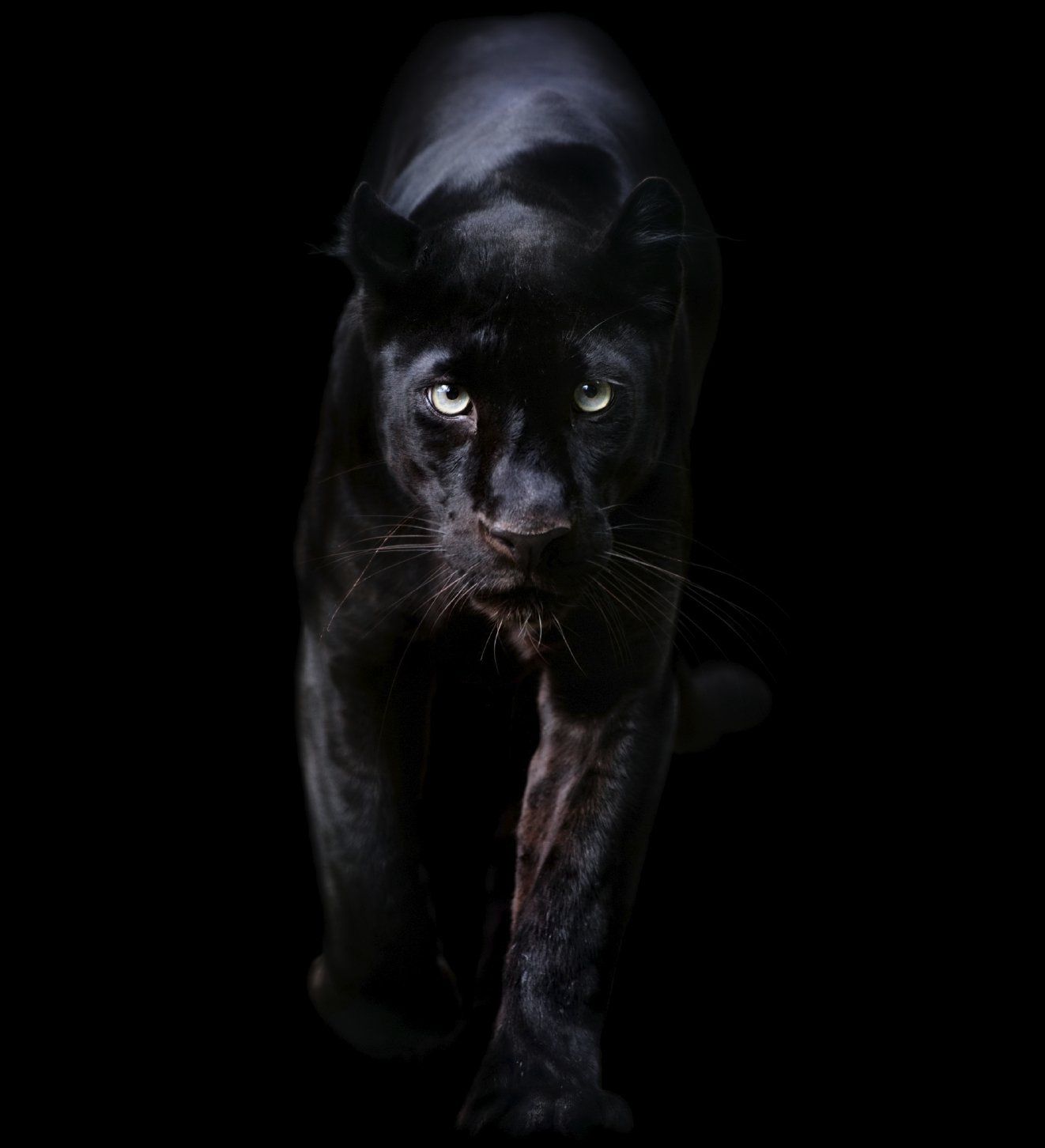OFFICIALLY LUXURY ROYAL ART BY THE KING OF ART™
Genetic - Art
DNA - Art
As a promoter of science and research, Cosmo du Mont has focused its investments for 40 years on the medicine of the future in the research project Prophylaxing™ by Inflowencing™. Investments worth billions enable quantum leaps in human genetics, which, with the use of artificial intelligence, pay off for all living beings in that the following are now considered certain:
Every disease is of course curable.
Prophylaxing™ by Inflowencing™ supports any healing after genetic hereditary analysis based on the latest research ecoenergetically sustainable and in a very gentle way.
Nobody has to suffer from widespread diseases today
such as Alzheimer's or even die of cancer.
Salvation - Art
Art & Healing
So it is only natural that Cosmo du Mont is also interested in the artistic visualization of genetic information.
Thanks to the long-term, secured cooperation with Prophylaxing™ by Inflowencing™, the implementation of the fascinating Genetic Art of the painter prince on the basis of DNA analyzes is guaranteed at all times.
Prophylaxing™
by Inflowencing™
DNA - Art
Genetic - Portraits
The real You
Life makes art
Unique personalized art
Art creation
according to genetic analysis
based on the latest research,
eco-energetically sustainable
and in a very gentle way!
DNA - Art
Visibly unique!
Humans & animals are unique and unmistakable. You distinguish yourself from your closest relatives. The reason for this is their DNA, the genetic code that is unique in the world. It determines the individual appearance and makes them what they are.
Individuality from a new perspective!
A simple DNA sample will suffice. This is processed by in-house, certified laboratories in such a way that it can be photographed and thus digitized at the end of the analysis.
The artist creates from it an individual work of art, with which he mirrors his client as no one has ever seen him before - as unique, as valuable.
Examples of use
Unlimited possibilities!
Cosmo du Mont
designs everything
with his DNA art, i. e.:
· fashion
· cars
· ships
· airplanes
· sculptures
· architectural art
· sacred monuments
DNA - Art
Human & Animal
The imagination knows no limits.
Individuals, couples, small and large families, whether to welcome a newcomer, in memory of a loved one or the beloved pet...
Nobility obliges
Not only money and high nobility or stars and asterisks can have their entire dynasty depicted in monumental works ...
Artfully vague, yet concrete
Cosmo du Mont interprets highly exclusive
the DNA of all living beings in his portraits.
Laboratoires d'Art
Art from science & research
The DNA (English abbreviation for deoxyribonucleicacid) is the carrier of the genetic hereditary information and thus the structure that determines the structure of all living cells and thus the human body. It consists of two nucleic acid chains that wind around each other in a spiral and are called a double helix. As soon as we have received the customer's sample, the DNA from the cells contained in the sample is first isolated in the Prophylaxing™ by Inflowencing™ laboratories.
Next, the DNA obtained is amplified, since usually not enough material can be obtained from a single sample for a visual representation. The artist focuses his attention on very specific DNA fragments of the genome, which are conventionally referred to as genes.
The amplified genes are then applied to a gel made of agarose. Agarose is a natural polysaccharide that has a three-dimensional pore structure (similar to a sieve) through which biomolecules can migrate. Only a little electricity is required for this, because all biomolecules, as well as human and animal DNA, have a sum of electrical charges due to their chemical structure.
If an electric field is applied to the agarose gel, the electrically charged DNA fragments migrate through the gel.
Large molecules always migrate more slowly than small molecules because the large ones need more time to slip through the small pores of the gel. As the molecules move through the gel, the different genes within a sample are separated according to size.
With the help of a dye that binds to the DNA and is made to glow by UV light, the duplicated genes can finally be made visible in the gel. The freshly created, natural work of art is photographed after all these complex processes and edited accordingly by the artist. It is then printed in high quality on the carrier material that the client can freely choose.
In the pictures above you can see that there are always several columns of lines next to each other. Each individual column is called a lane, in which the DNA samples migrate through the gel. For this purpose, special recesses (pockets) are left on one side of the gel, where the samples with the amplified genes are filled into the gel. Each track has its own pocket. These pockets would normally be seen at the top edge of a gel image. However, they are cut away by the artist during editing for aesthetic reasons.
With the help of the current, the electrically charged genes now run from the pocket (i.e. from above) within the lane to the other side of the gel (i.e. downwards in the images). This process is referred to as DNA separation, since it is quite possible that there are several DNA fragments, i.e. genes, in a pocket within an applied sample. The larger a gene or fragment, the slower it moves to the other side due to the small pores in the gel. So a large gene would be seen in the same lane further up near the pocket than a small gene, which in turn would be further down.
After the genes have been completely separated, the individual genes show up as lines within a lane, which are referred to as DNA bands. DNA bands are nothing more than accumulations of DNA fragments of a certain size.
Frequently, several thin DNA bands also appear in the traces directly above and below the gene band, which are usually non-specific DNA products that may be formed during amplification of the DNA.
As already described at the beginning, human and animal DNA consists of two nucleic acid chains that face each other and are spirally twisted into each other as a double helix. These nucleic acid chains are in turn made up of individual building blocks called nucleotides or DNA bases. There are four different bases: adenine, thymine, guanine and cytosine. The specific sequence of a certain number of bases in a row on the nucleic acid chain is now the specific code for the gene.
However, since there are always two nucleic acid chains facing each other in DNA, the bases / nucleotides must join together in a certain way. This is called base pairing. The base adenine always pairs with the base thymine and the base guanine always pairs with the base cytosine. This results in a copy of the gene in mirror writing on the opposite DNA strand. Because both strands are always copied during amplification with the aid of enzymes and these strands automatically come together in the sample, i.e. pair up, the size of a DNA band is thus specified in base pairs (bp for short). Bands with many base pairs are larger and run more slowly in the gel than genes with few base pairs.
The length standard is a genetic measuring tape that is needed to find out how large our band in the track is, or how many base pairs it has, after successful separation. The tracks on the very outside, i.e. on the right and left side, contain several DNA bands. This is the defined length standard that is applied to the gel as a measuring tape. By knowing the size of its fragments, it is recognized which band has how many base pairs. With the help of the length standard, the size of the other fragments in the adjacent lanes can now be approximately determined, since genes of the same size always run at the same speed in the agarose gel and can be found at the same height. However, each gel and DNA portrait is unique, since minor changes in the genetic material (congenital and acquired mutations) result in a different behavior of the DNA in the gel, which is ultimately immortalized in the respective DNA portrait.
Artistic freedom = privacy & data protection
The creative visualization of all this information then results in a unique, fascinating work of art that is based on the DNA sample provided by the client, but due to the artistic processing no longer allows any medical conclusions.
In this way, any DNA portrait, i.e. also under
consideration of the required data protection,
can be proudly shown to every viewer without hesitation.
For data protection reasons, all samples are of course irrevocably destroyed immediately after the DNA analysis.


